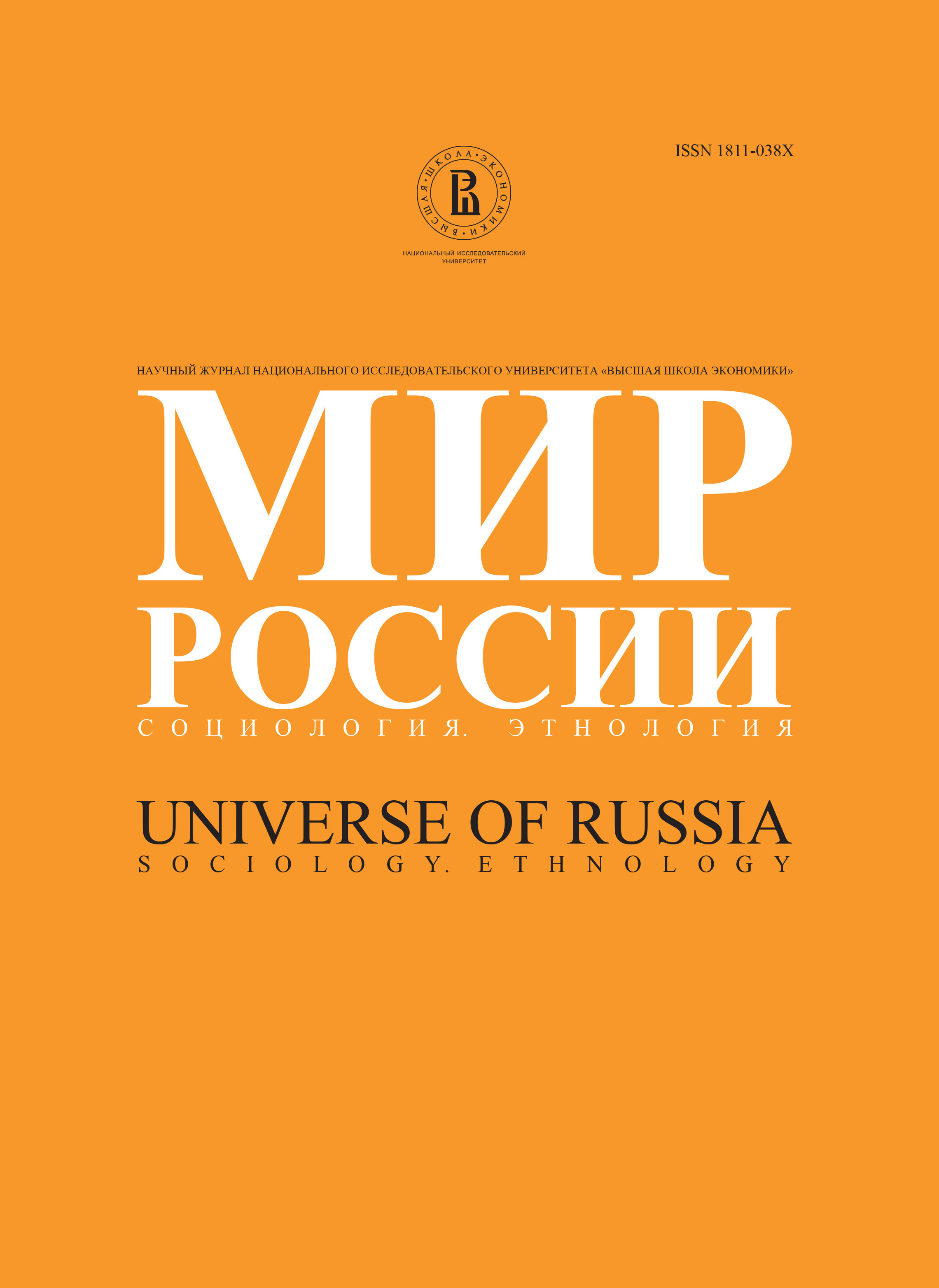On transformation of rural life style and the fate of agricultural production in Russia
Abstract
The problems connected with an obvious trend of acquisition of peasant lands by large-scale commercial structures in some Russian regions are considered in this article – the scale of land reallocation, the relations between new landowners and rural population, the development prospects of social structure in rural areas and the breakdown of modern life-style of peasants.Using some exact materials and statistical data the author gives his opinion about economic and social effects of the outlined problems, which represent one of the crucial system deformations in the country during the last decade.
The author of this article analyzes the factors that seriously influence the development of microeconomical scheme, e.g. large-scale deformations in the agricultural complex of the country. These are a consequence of insufficiently considered actions and decisions of Russian economic policy of the preceding period.
In fact these reforms led to mostly negative consequences. This can clearly be illustrated with the farming industry. The goal for sharing agricultural land was to distribute the land equally among the direct producers – the peasants. In fact this has served as an instrument for large-scale land acquisition by independent commercial structures. Enormous pieces of land were withdrawn from agricultural circulation. It is important, that along with the withdrawal of land from production, other resources such as agricultural equipment and production areas were also withdrawn. There are two ways the land can be used. The first one is when farmland is leased for the production of agricultural products. The second one is the detachment of land for building of cottages, warehouses and production complexes.
Reallocation of land has lead to the diminishing of agriculture in suburbs, serious losses in quality of farmland and changes in the whole social structure of these regions. Most of the new landowners do not use the agricultural land properly. The resulting losses in product quantity, in the number of employed and their work potential are evident.
It is still very important to note, that it is mostly big farms and producers, who possess the required agrotechnics and other tangible assets and produce enough grains, fodder and technical crop. The swift transition of rural population to cities without synchronized development of the urban labor market might cause professional and social degradation and create another serious problem for agricultural control. Russian agriculture already lacks qualified workers.
Without bringing development to rural areas social tension in the whole of society will undoubtedly grow into crisis. It might also generate many administrative problems: the fall of domestic market, decrease in production of technical crops and unemployment growth.
This situation can be improved through the law, which would demand strict business plans from potential landowners before land registration. Such business plans should contain information about owners’ intentions to use the land, whether they have the means to manage their future farms and possible solution to improve local employment.
It is the author’s opinion, that recent system deformations in Russian economy, reallocation of land and the on-going trend of rural degradation will have far-reaching negative consequences. And it is very important to start fighting that trend as soon as possible. The methods for such policy are: support of successful national agricultural enterprises, especially those which use advanced technologies in seed growing, livestock breeding, provender milling; the improvement of crop rotation and the use of other modern agrotechnologies; better rights protection for small agricultural enterprises and other possible support for their development.






